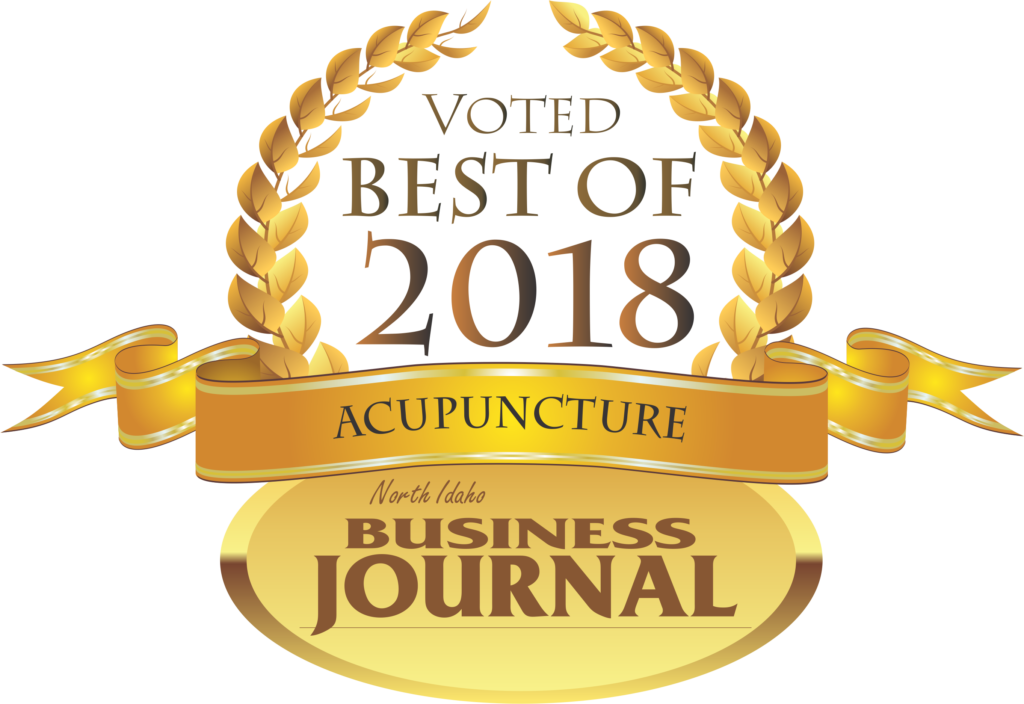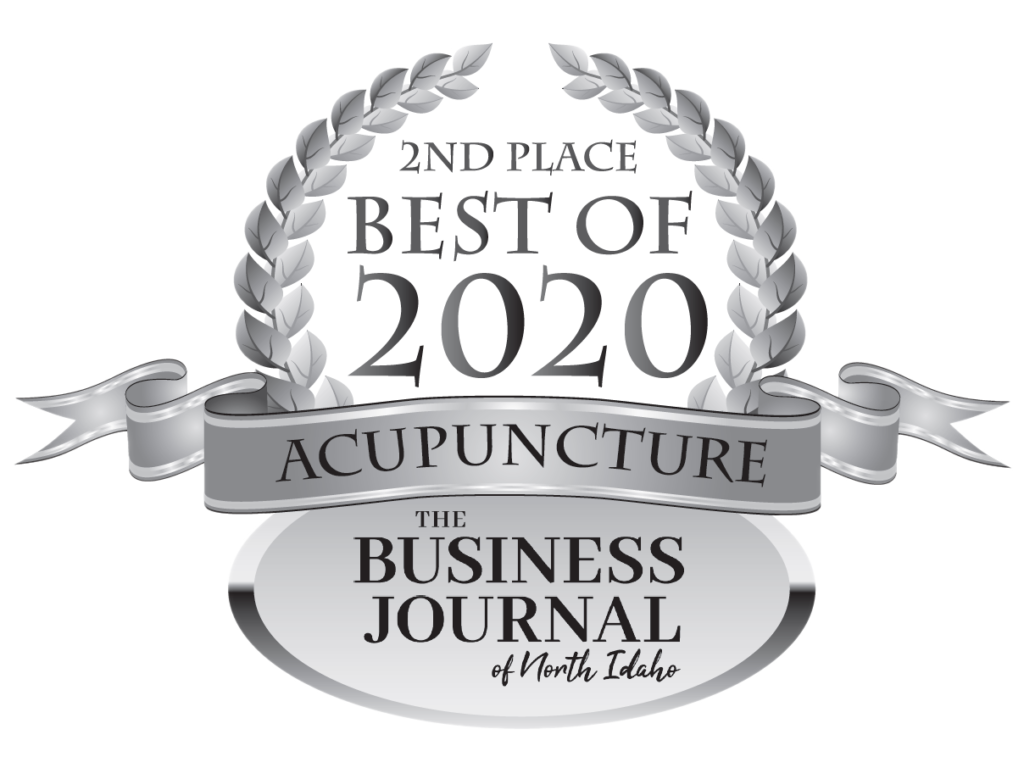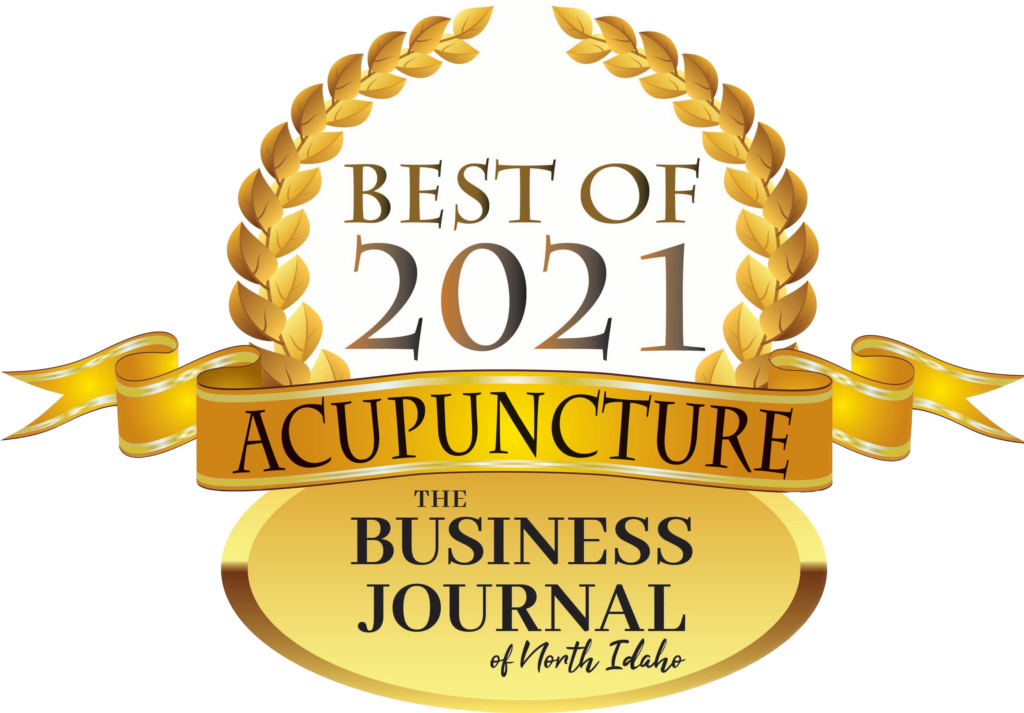
Acupuncture

How Does it Work?

Acupuncture points are located in areas with higher concentrations of superficial nerves, blood vessels and neuromuscular attachments. The stimulus from acupuncture triggers a cascade of signaling throughout the body, via the blood, nerves, immune and hormonal systems, that directs the body in restoring function.
We liken acupuncture to the contractor on a construction site. Like the contractor, the acupuncture directs the workers (the organs and systems in your body) and the use of the materials (nutrients) to help the body heal itself and perform at an optimal level.
Each point has a different purpose. Basically, the reaction is to tell the body that it has to start working, slow down, or focus on a certain area, in order to restore and support healthy function.
Acupuncture Works By:
- Releasing special chemicals (i.e. endorphins) to suppress pain, relax muscles and reduce stress.
- Reducing inflammation and muscle spasms.
- Activating and strengthening blood and energy circulation.
- Stimulating and strengthening the immune system.
- Balancing body temperature and moisture distribution.
- Improving digestion and gastrointestinal function.
- Activating and promoting the healing process.
- Affecting sugar, cholesterol & triglyceride levels in the blood.
- Enhancing the function of the Endocrine System.
- Influencing Central and Peripheral Nervous Systems.
- “Opening” the lungs to improve breathing.
- Breaking up “stagnations” from trauma and other causes.
- Improving cardiovascular health.

Does Acupuncture Hurt?
Hypodermic needles, the kind they use to administer medications, have a beveled edge, a cutting edge. It is designed to cut a hole in the skin in order to inject a fluid (or at a lab to remove a fluid – blood or amniotic fluid). There is pain associated with being cut, pain from a burning fluid being injected, and pain from the localized edema.
An acupuncture needle is totally different. It is tremendously thinner (in fact, you can slip multiple acupuncture needles into the shaft of an average hypodermic needle). It has a round circumference at the end, sharp enough for an effective insertion, mostly into a pore, but not too sharp to keep hurting after placement. Nothing is injected, and nothing is removed. So there is not pain from being cut (because the “filament” slips into the tissue like a pin in your jacket), no pain from a burning fluid (because there is none), and no localized edema.

Most people experience the needle placement like a mosquito bite. It doesn’t feel like a stab, because it is a more precise placement. A guide tube is generally used for this precise placement, which also works to minimize sensation since, as it is pressed into the skin, it stretches the skin just a touch, but enough to support it easily slipping into the skin.
Approximately 19 out of every 20 patients I see are terrified of needles, but they come in because they trust in this age-old healing modality that has withstood the test of time. They are willing to do what is necessary to be well. Once they’ve had their first treatment, they express amazement over how easy it was and wished they had come long ago.




Let's Solve This Puzzle Together!
At Vital Health we help people find clarity regarding the root causes of their health challenges and provide step-by-step guidance on what to do, and when to do it, in order to restore health naturally.

